Elmina castle slave trade
Elmina Castle is one of the most ancient white-washed medieval castles that lie on the coast of Ghana. The castle was the first and for a long time, the largest European construction built in tropical Africa. However, its magnificence and its picturesque environment embraced with the blue sky, sandy beaches and tropical palm trees disguise the history of the Elmina Castle.The Elmina Castle slave trade was a horrifying experience dreaded by anyone. We tell you all about this castle of torture in this article.
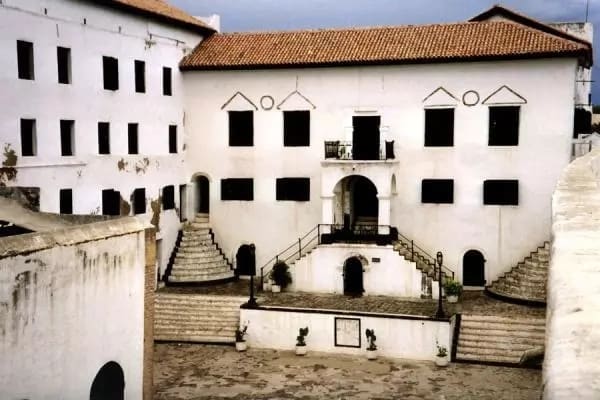
Elmina castle slave trade was a torture to many African slaves and for this reason the castle was the last place that most of these slaves would ever want to be associated with. Thousands of horror experiences transpired within the walls of Elmina castle dungeon most of which time has failed to wipe out.
History of Elmina Castle
This castle is situated on the western coast of present day Ghana which was formerly Gold Coast and is around 13 KM from the town of cape coast. The area was blessed with plenty gold and ivory resources and hosted more than 30 slave forts concentrated along the coast. Because of its gold and ivory resources, Elmina castle became the first European slave-trading marketplace in sub-Saharan Africa. The fortified castles were constructed between 1482 and 1786 by hundreds of business people comprising the Dutch, Danish, English, Swedish and Portuguese.
In the year 1482, the Portuguese built castle and named it Elmina castle and St George castle. One of the primary roles of the Elmina castle was to provide support to ship captains offering their ships with a safe harbor. Even though the garrisons were heavily and well prepared for an assault from the sea, they were not armed against attacks from the inside of Elmina castle. This was an attack from European realms comprising the pirates that was reckoned more likely to take place than those by local Africans. To defend themselves from the assault coming from the waters, cannons were used, whereas light gunfire was able to take care of an attack from the inside.
It is believed that many explorers from European empires who heard of the treasures in Ghana via traveling merchants attempted to make countless unsuccessful trips to reach Elmina. It is either they didn’t manage to pass across the sandy bars or were just afraid of malaria. However, not discouraged by the perils, the Portuguese explorer knows as Diogo de Azambuja entered the west coast in 1471 and landed at a place called La Mine. This is the man who constructed the Elmina castle.
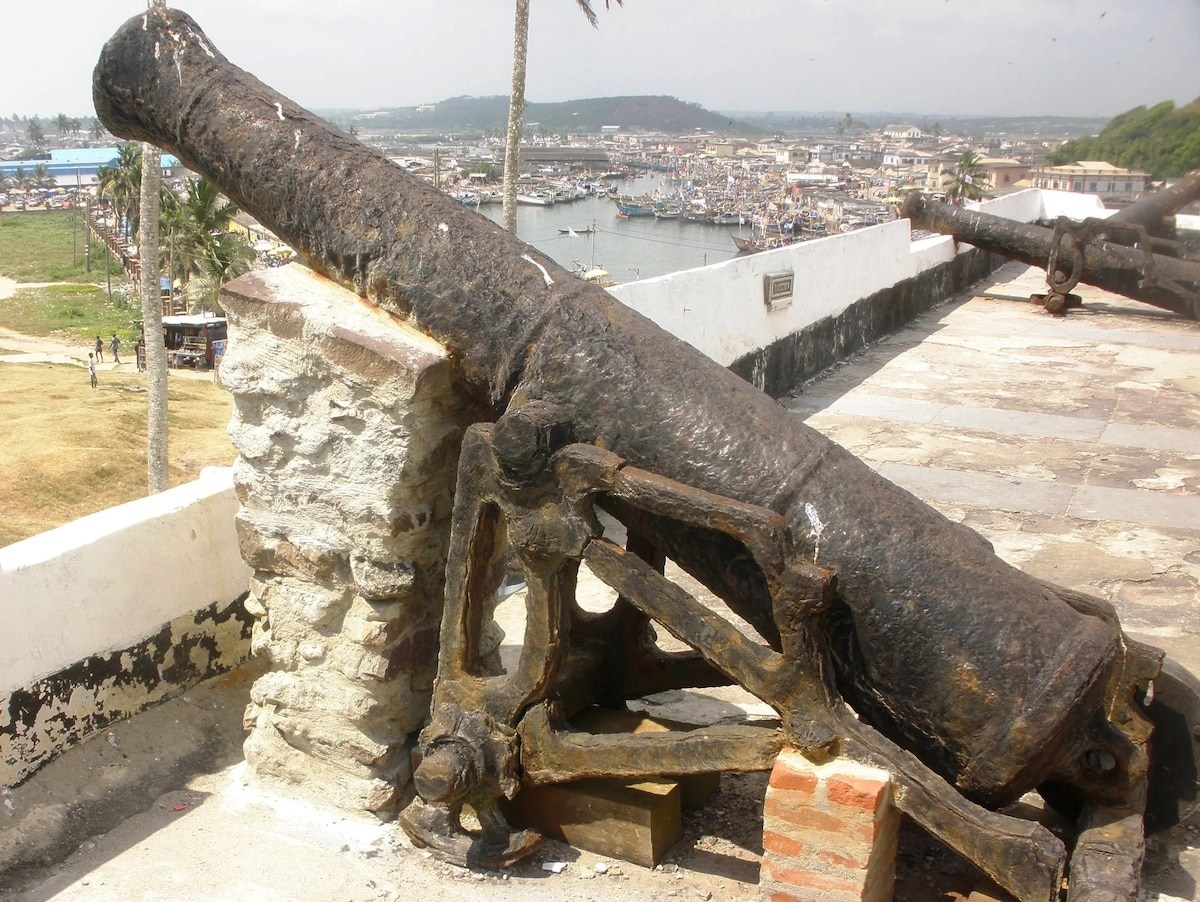
The later years later of Elmina Castle in Ghana
Even though it was initially constructed to secure the gold trade, as a result of the capture by the Dutch in 1637, Elmina castle Ghana was turned to a slave centre where the Dutch traded with the Caribbean and Brazil. Later, the castle grew as a point on infamous slave triangle that played a role in ferrying human resource to America and the Caribbean and also raw materials like rubber, cotton to Britain and processed products like clothing and weaponry back to Ghana.
Under the sponsorships of the Dutch West Indies Company, more than 30,000 slaves passed through the Elmina slave fort until 1814 when slave trade was abolished. Relinquished to the British Empire in 1872, the Elmina castle was not used until Ghana attained her independence from the Britain in 1957. Thereafter, the historic castle was transformed into a training center for Ghanaian police recruits and even a learning institute for a while before being changed into a historical museum.

Read also
Perfect blend of 2 contrasts: Ukraine-African couple talks marriage, family and surviving Russia's invasion
The role of Elmina Castle in the slave trade
Even with the era of the slave trade having ended, the castle in the darkness torture chamber and the interior of the slave castle in Ghana has never stopped being a haunting reminder of what happened. The individuals who entered the Elmina castle were held captive in this African slave castle’s dungeons and subjected to all sorts of indignities, humiliation and torture.
The Africans did not know that they are entering the Elmina castle Ghana gate of no return and stayed in the dark and airless cells in the basement where they were oppressed and received sunlight from two small windowpanes. The slaves lived in the dark castle basement before being shipped to America.
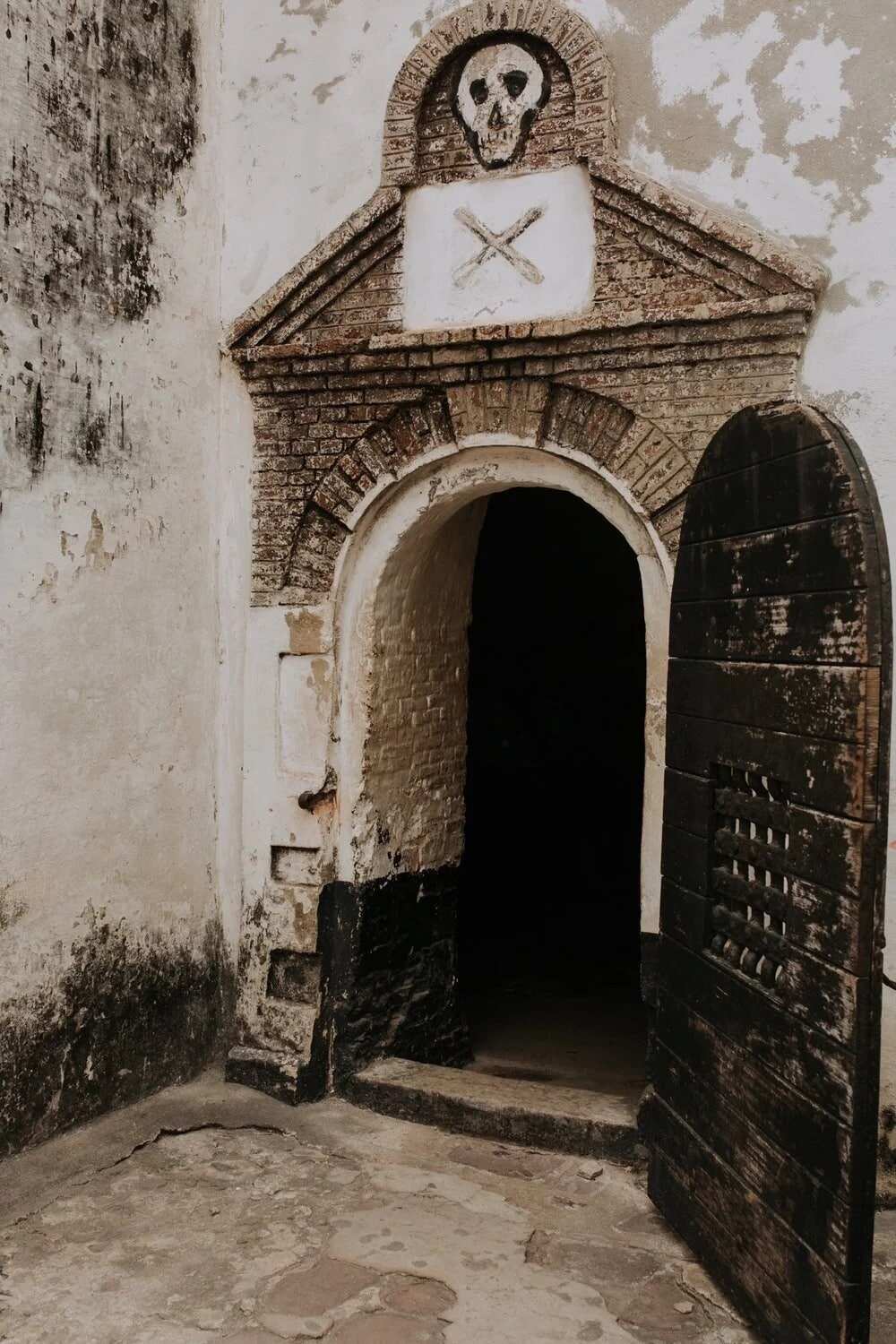
READ ALSO: Top 10 Travel Agencies in Ghana
Slave merchants would visit these slave castles in Africa and cram over 1000 people without giving them water or sanitation into a room that could only accommodate not more than 200 people. The majority of these cells were uncomfortably overcrowded, filthy and outbreaks of deadly diseases like malaria and yellow fever were on the rise.
Additionally, food was not enough and disease was a normal thing to them. In some occasions, the slaves could spend up to 90 days in such unsanitary environment before they are ferried to the New World. At the seabed of the African slave castle, lied the ill-famed Elmina castle gate of no return which served as a portal where slaves boarded the vessels that they could use on the treacherous journey across the Atlantic Ocean referred to as a middle passage.
With the cruelty of their masters, rebellions by slaves at the Elmina slave castle were subjected to the strongest oppressions. Some prisoners were either brutally killed outright, while their counterparts were placed in solitary confinement, which was a dark holding facility in the yard where they starved to death.
Many slaves both men and women were chained outside the courtyard and made to stand in the blazing sun. The slaves would be forced to lift hefty cannonballs as a punishment as women were defiled by the guards. The slaves at the castle were separated by gender and then thrown into underground cells. The condition of the slave dungeons was devastating as there was not enough space to lie and for this reason, the slaves had to sleep in turns. They were forced to defecate in the corners of the cells since they were not provided with any proper facility.

Additionally, these cells were poorly ventilated from tiny windows and the only air vent into the dungeon that housed females come from an adjacent room that stored gunpowder and dangerous chemicals. This means that lethal fumes always gushed straight into the stifling cell. Outbreaks of dangerous ailments such as cholera were common and this implies that many people would not survive in such gruesome situations; they were forced to meet their maker. The slaves who survived were sold to Europeans and Americans who owned farm plantations in the Caribbean.
Even though slave trade was officially obliterated in the 19th century, it is still practiced in the 21st century. Note that contemporary slavery is a lucrative industry and the United Nations (UN) reports that millions of people are currently trapped in the slave trade industry. This comprises largely of women who get trafficked and forced to work in brothels all over the world.
Men from Cambodia who are held in captive on boats offshore in Thailand are forced to work for the fishing industry in that country. There is also the Bangladeshi and Nepalese construction workers who are forced to work and stay in awful situations in Qatar and Dubai or the Indian children whose body parts get chopped off by organized gangs to that they can as for money as beggars.
The Elmina castle, just like any other African slave fort hosted luxurious suites for the Europeans in the upper level of the castle. In the upper rooms, you will come across office quarters that have enough light and spacious with parquet floors and beautiful sea view. It is hard to contemplate how the white would have a fancy lifestyle while thousands languished in misery just under their feet. In spite of all these unspeakable atrocities, Elmina castle was once used as a missionary asylum and housed a place of worship.
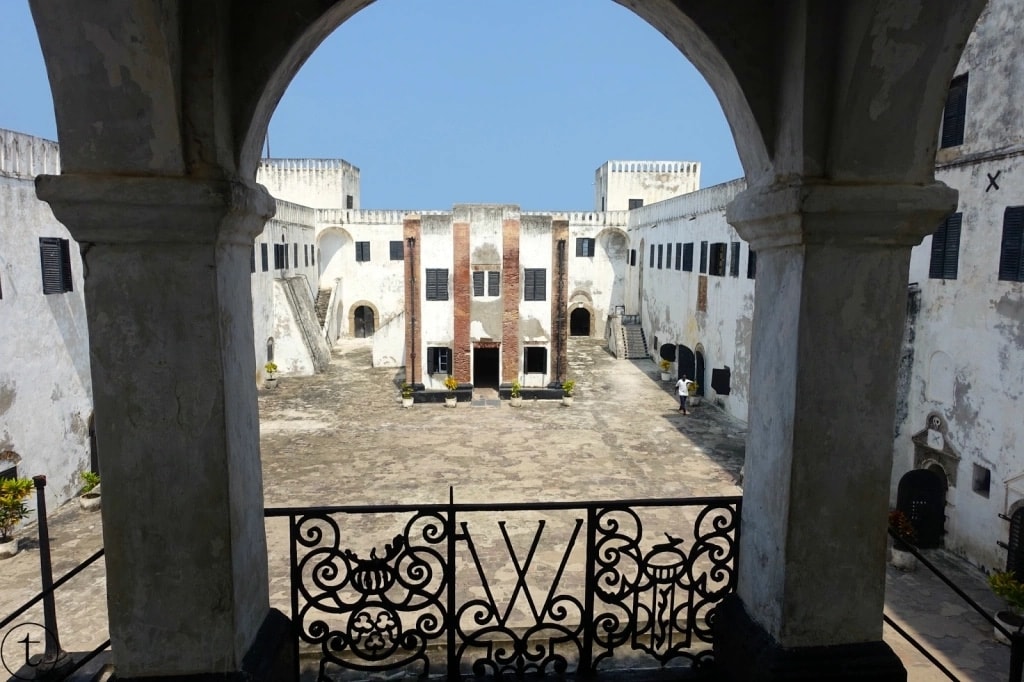
Castle story gold hunter trade
Initially, the slave forts in Africa were built to serve as a site for gold hunter trade to store valuable brought to the coastline like gold and ivory. This location was picked since the access to the interior was seamless as compared to the swampy coastline in other parts of Ghana. As soon as the slave trade was introduced, the castles were converted to Elmina slave dungeon for storing slaves waiting to be shipped.
Taking a tour of the Elmina castle to learn more about the slave trade and the horrific practice would be a humbling experience for you. It will make you feel sadder when it will hit back that Europeans and Americans supported and played a role in such brutality for all those years. The most worrying aspect that will make you sadder is when you realize that humans have not learned from those mistakes and let this ferocious practice continue.
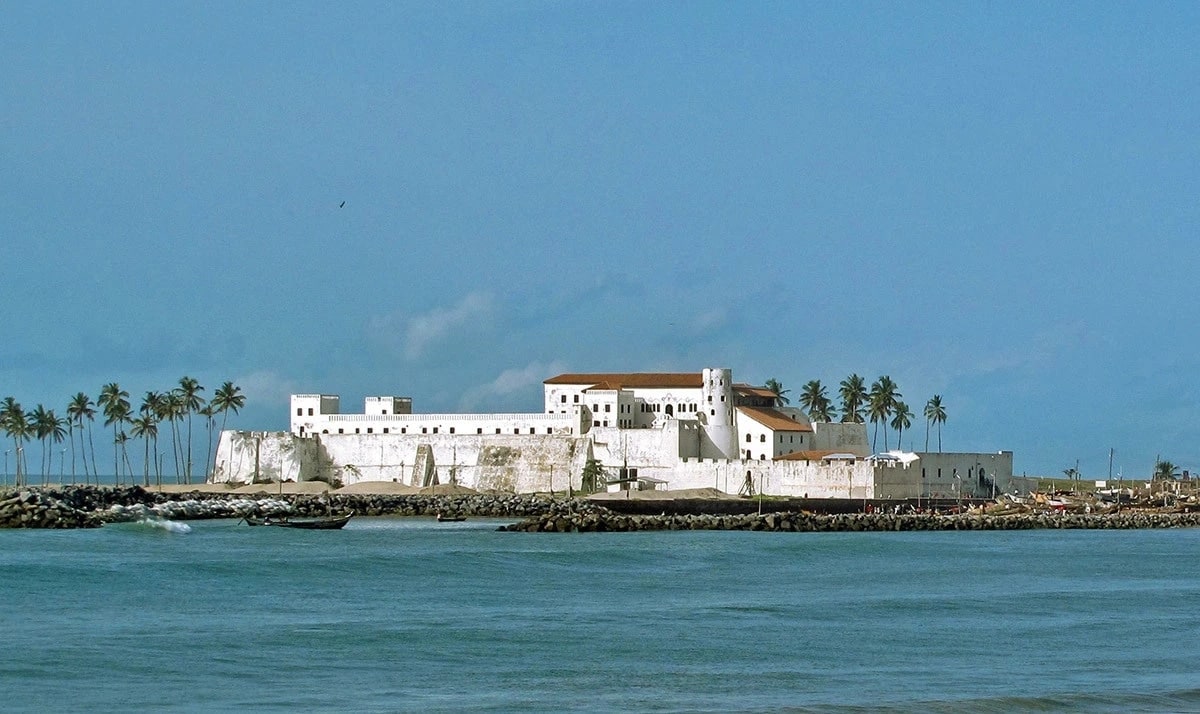
The role of Elmina Castle in modern tourism
We cannot dispute the fact that the Elmina Castle is very significant to present day tourism. The castle houses a vast fortification where the first Catholic Church in the sub-Sahara Africa was sited and St. Jago is just a short walking distance. It is from this vantage location that the Dutch empire launched their successful assault on the castle. The purpose of the attack was to offer a military defense to Elmina castle in Ghana. Ft. St. Jago stands on a hill that offers an excellent view of the castle, Atlantic sea, the buzz of commercial activities taking place at the Elmina fishing harbor. These are some of the things that make this place attractive to many tourists across the globe.
This is true because a guided tour of the Cape Coast and Elmina castle indicated that thousands of tourists visit this historic tourist site every year. Additionally, some statistics that are yet to be confirmed reveal that between 2000-2007, a 50% increase of both domestic and foreign tourists was experienced and this contributed to the growth of Ghanaian economy. To attract more visitors, both cultural and theatrical performance is conducted in Elmina castle.
During one of the weekly Fylla’s visit, local tourists who were interviewed articulated how historic the castle in Africa is to them. It gives them a moment to contemplate soberly how their great-grandfathers were subjected to torture before being ferried to the western world. On the other hand, the foreign tourist expressed how imperative it is to their learners to trace their origin back to Africa and their study of the Elmina castle history and history of Ghana.
Once you visit the castle, you will just shade tears as you listen to the tour guide explaining some of the writings on the walls of the cells. Thousands of people visit the castles in Ghana and they pay huge sums of money just to learn about the significance of these castles, to advance their knowledge and also help improve the economy of the nation.
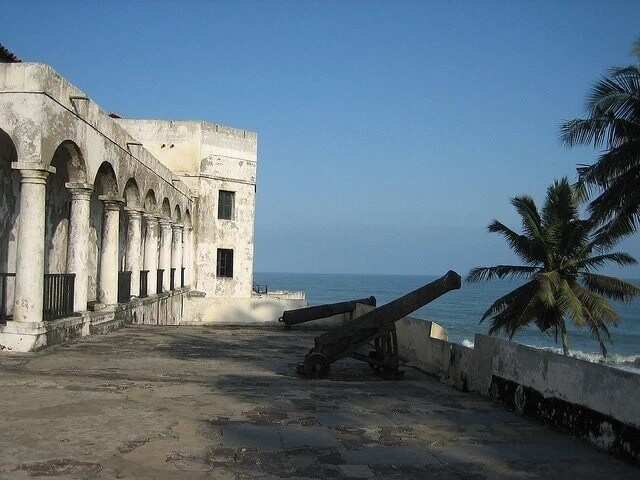
Prominent among the things to learn while in the slave castle in Ghana is the re-depiction of the revulsion of the slave trade. You will also learn about the earnest poignant portrayal of the ultimate journey of Africans as they passed through the hellish cells to the ships that ferried them to the western world. An exceptional festivity has been planned to take place at the historic castle where Ghanaians and Americans of black origin come together to trace their African roots. The day is called Emancipation Day.
READ ALSO: 7 Facts You Never Knew About Tourist Sites in Ghana
Source: YEN.com.gh








